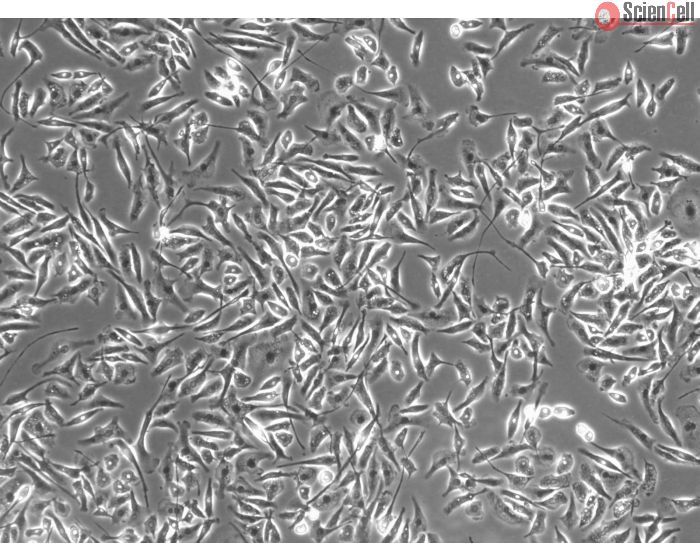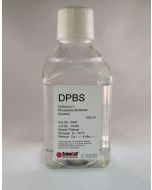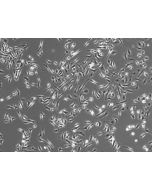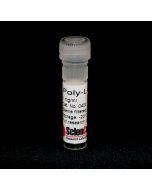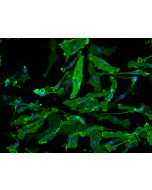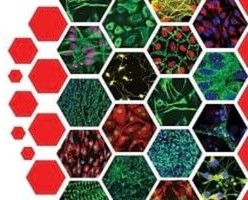Rat Microglia
Catalog No.
R1900
RM from ScienCell Research Laboratories are isolated from postnatal day 2 rat brain. RM are cryopreserved at P0 and delivered frozen. Each vial contains >1 x 106 cells in 1 ml volume.
$620.00
In Stock
